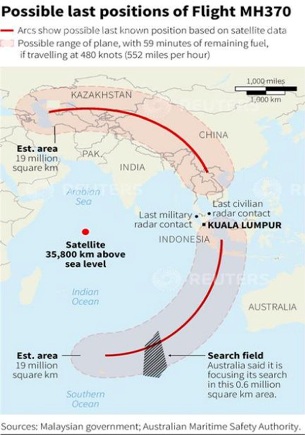QueenD
Well-Known Member
- Joined
- Aug 31, 2009
- Messages
- 5,297
- Reaction score
- 147
I just hope this new lead finding is not another false lead for the families.
However it will be sad to know everyone would most likely be deceased and I am sure that is just as aweful for the families as if the plane was still missing.
I feel so badly for the families.
However it will be sad to know everyone would most likely be deceased and I am sure that is just as aweful for the families as if the plane was still missing.
I feel so badly for the families.


